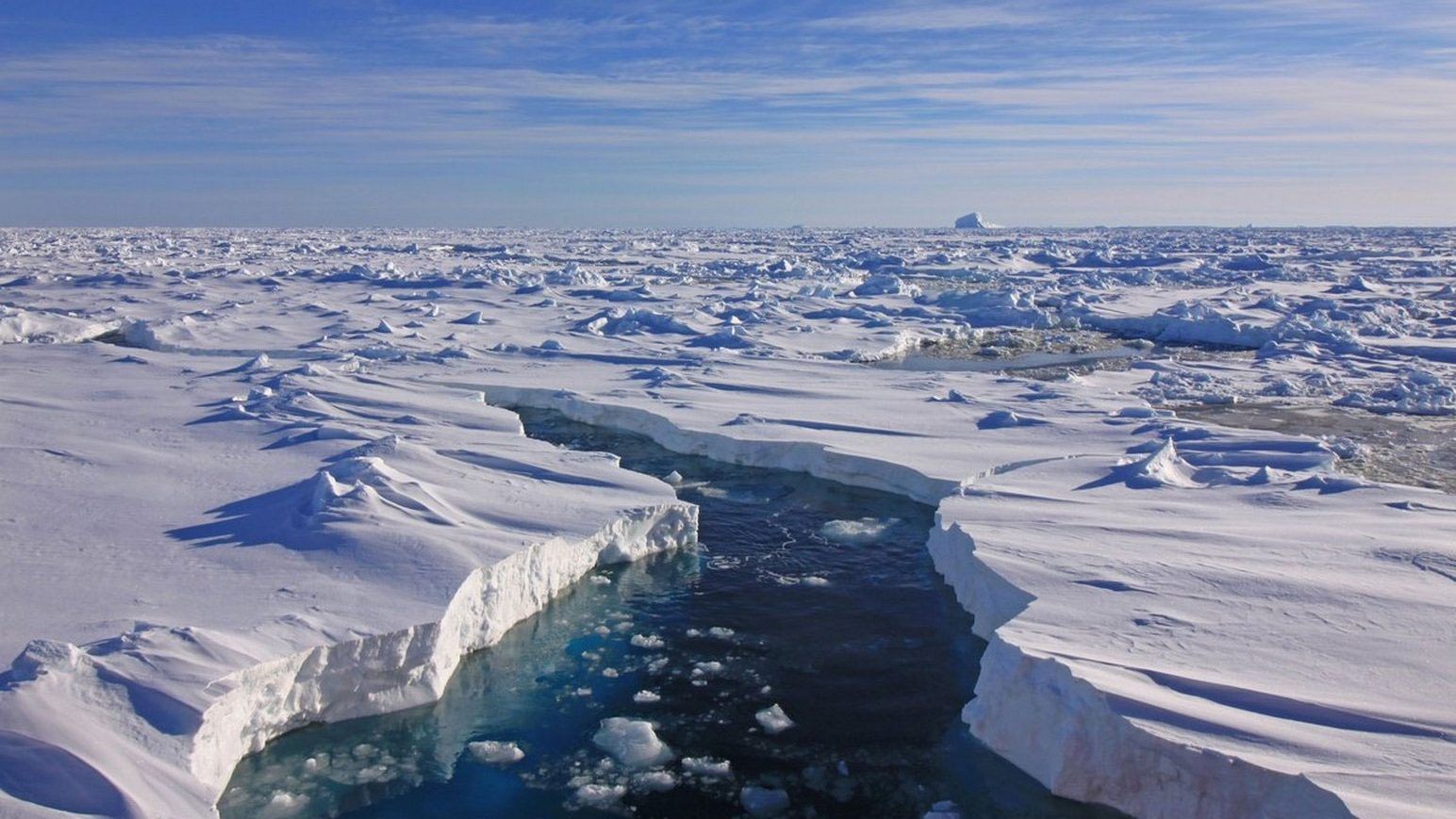Sherrill Grace, Books In Review
This review is an excerpt from a section called “Northern Mysteries”, along with a review of “Strange Things, the Malevolant North in Canadian Literature” by celebrated author Margaret Atwood.
Strangers Among Us is a sequel to Woodman’s stunning achievement in Unravelling the Franklin Mystery: Inuit Testimony (1991). As he explains in his introduction, he had material centering on the discoveries and speculations of the American explorer and would-be Franklin expert Charles Francis Hall that would not fit in the first book. However, Strangers is something of a let-down. Although it is structured in the same way, interspersing Inuit stories with Hall’s and other white men’s accounts, it does not carry the same inherent drama, and the attempt to sort out who saw whom where becomes confusing.
But let me backtrack briefly. The eccentric Hall, captivated by the news coming out of the Arctic in the mid-1850s, quickly became obsessed with the Franklin disaster. What most intrigued him was the possibility that some of Franklin’s men had survived. By 1860 he was in the Arctic and, having failed to reach King William Island, where the search for Franklin had been focused, he spent two years living with the Inuit and establishing friendships with an Inuit couple who became his assistants, allies, and companions: Joe Ebierbing and Tookoolito (Hannah Ebierbing).
By 1864 Hall had returned with his Inuit friends to spend the next four years living with the Inuit on Melville Peninsula near Repulse Bay, interviewing anyone who could remember the Franklin disaster, or had other stories to tell about strange white men, and visiting sites to search for evidence. He quickly became convinced that some of Franklin’s men had indeed survived; he postulated that, instead of trekking south for the Back River and perishing at Starvation Cove, a small group of them led by Captain Francis Crozier, whom the Inuit called “Aglooka,” walked north and east to Melville Peninsula in the hope of meeting whaling ships or of travelling south down the west coast of Hudson Bay.
What convinced Hall of this possibility was the set of stories told by Inuit of sightings of three or four strangers and a dog walking and hunting at several points on the peninsula. Other Arctic veterans like Dr. John Rae dismissed Hall’s theory of survivors, claiming that Inuit tales were untrustworthy and the sightings could be explained more simply. What Woodman has done is to weave the various stories, relayed to us through Hall, with Hall’s own speculations and to compare the composite picture with the evidence from other sources, such as Rae’s accounts. His own conclusion, however, remains tantalizingly inconclusive. If there were two or three survivors, and if they were led by Crozier, they do not appear to have made it south to white outposts—their trail dies out somewhere near Chesterfield Inlet, and we will never know precisely what happened or who exactly they were.
Although I find Strangers Among Us less gripping than Woodman’s first Franklin book, it is nonetheless fascinating. It is another example of the northern tale that Atwood extolls—a mystery story with ghostly presences that cannot be confirmed or explained away. Certainly, whatever the Inuit saw and heard over one hundred years ago provided them with the stuff of legend and myth, and these tales continue to haunt our imaginations, our literature, and our arts. As Woodman reminds us in his final remarks:
the Inuit knew [that] the best stories are those that survive on their own merit, and bear endless repetition.
